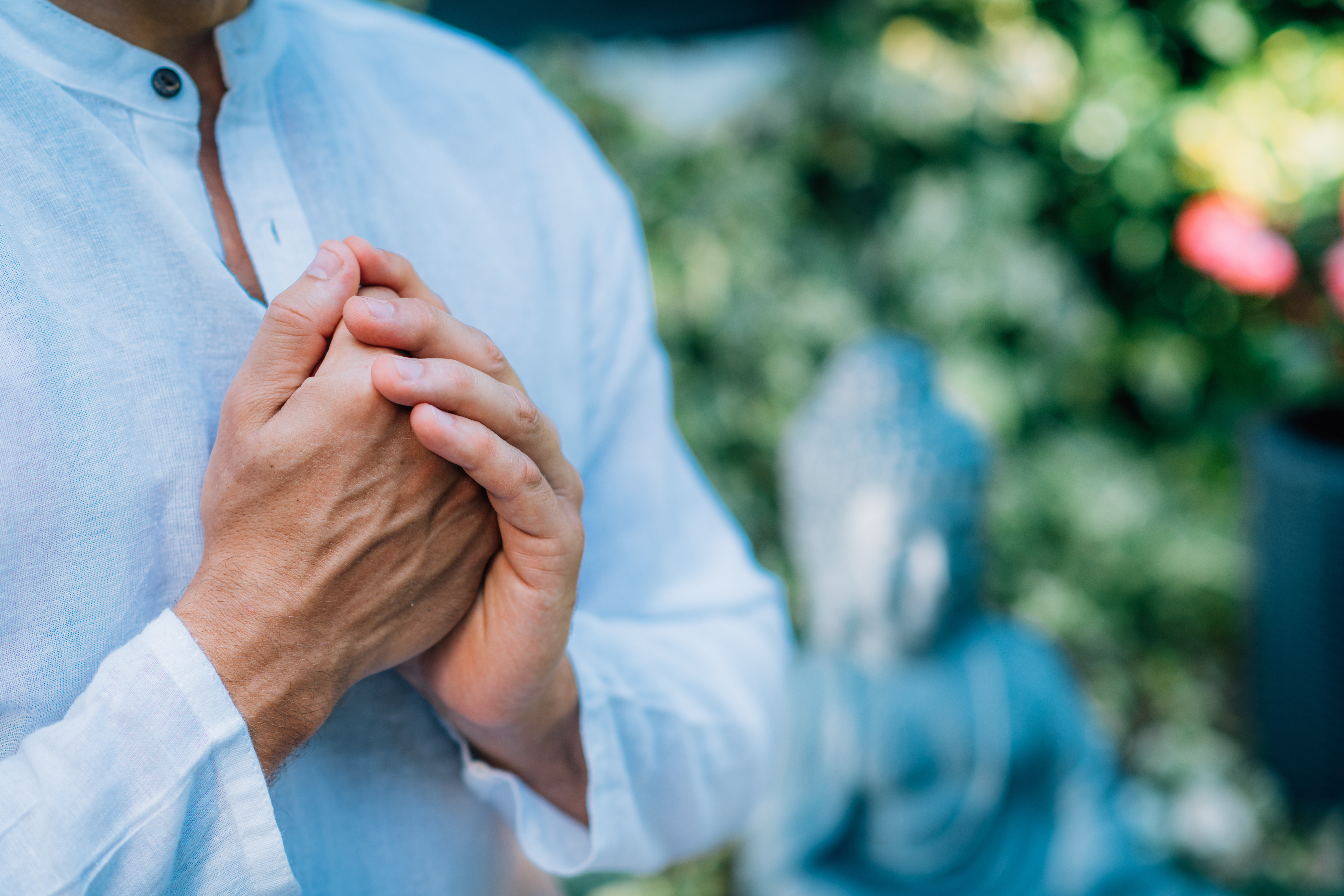The ancient Chinese philosopher Lao Tzu famously said, “If you are depressed you are living in the past. If you are anxious you are living in the future. If you are at peace you are living in the moment.” Mindfulness means making an intentional effort to live in the present. At The Pavilion in Williamsburg, Virginia, we take a whole-person approach to mental health, which includes supporting our patients’ mental, physical, and spiritual needs.
What Mindfulness Means
When a person is in the moment, they are aware of what is happening inside and around them, instead of living their life on autopilot or focusing on things that have already happened or could happen in the future. They experience each moment as it occurs, without judgment toward themselves or what is happening. This is mindfulness, a practice that has its roots in Buddhism and which is becoming increasingly common in hospitals, schools, and workplaces.
How Mindfulness Helps
Mindfulness pairs well with common mental and physical health treatment options practiced in the United States because it does not interact with pharmaceuticals, does not require special equipment, can be modified for each person’s capabilities, and is completely portable. Researchers believe that mindfulness could have several benefits for people across demographic groups:
- Better ability to manage stress
- Better ability to cope with serious illnesses and physical pain
- Decreased anxiety
- Less depression
- Improved decision-making
- Better self-esteem
- Decreased burnout
Ways to Practice Mindfulness
There is not just one way to become mindful. You can do mindful practices in meetings or while standing in line at the grocery store. Other types require a person to set aside time in a quiet space, free from distractions. More structured versions of mindfulness are often completed first thing in the morning before the person begins their daily routine. It is possible to introduce mindfulness into your life in a variety of different ways, all of which become easier with regular practice. Some of these include:
- Mindful breathing – Spend some time concentrating on your breathing. Become aware of what thoughts and feelings you have during this time, but focus primarily on counting the time for each exhale and inhale.
- Mindful walking – Walk slowly and pay close attention to everything your body feels with each step, from how the foot muscles feel, to how you experience the ground beneath your feet, to how the rest of your body reacts to your walking. When your mind drifts, bring your attention back to walking.
- Mindful eating – This technique can be especially helpful for people who are trying to address overeating. By paying full attention to what you are eating and how your body is interacting with your food, including the taste, smell, and feel of it in your mouth and moving down your throat, you can enjoy what you eat more and become more in tune with the signals your body is giving when it has consumed enough food.
- Mindful listening – This includes paying attention to the words, body language, and tone of people who are talking to you, as well as being tuned in to your environment and what is happening around you.
- Guided meditation – This is the practice of listening to a facilitator who can help you become more focused on the present moment, either in person or through a recording. There is often soothing music in the background, and the facilitator may instruct the listener to focus on their breathing, their bodily sensations, or something else. There are many free meditation videos online, some of which are tailored to help people reduce their stress levels, fall asleep, or improve their mood.
- Yoga – there are several different ways that a person can practice yoga, such as:
- Trauma-informed yoga – this variety incorporates recovery concepts within the yoga sessions and is often used to support people with post-traumatic stress disorder (PTSD) and addiction.
- Gentle yoga styles – varieties like Hatha, Anusara, Iyengar, Restorative, Kripalu, and Sivananda tend to be slower paced and better for people who are new to yoga, more advanced in age, or who have physical limitations.
- Challenging yoga styles – for people who want a more physically intense version of yoga, Ashtanga, Bikram, Vinyasa flow, or Jivamukti may be a better fit.
At The Pavilion, we treat adults and seniors with serious mental health concerns. We also recognize that our patients are far more than their mental health diagnoses, which is why we offer individualized treatment plans that include therapy and medication management, alongside nutritional consultation, nursing care, and family participation.





